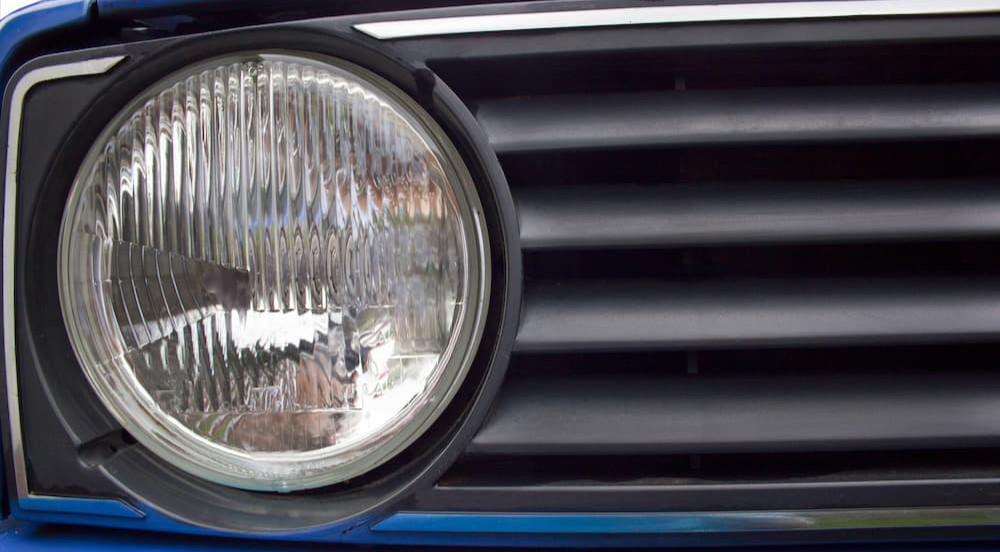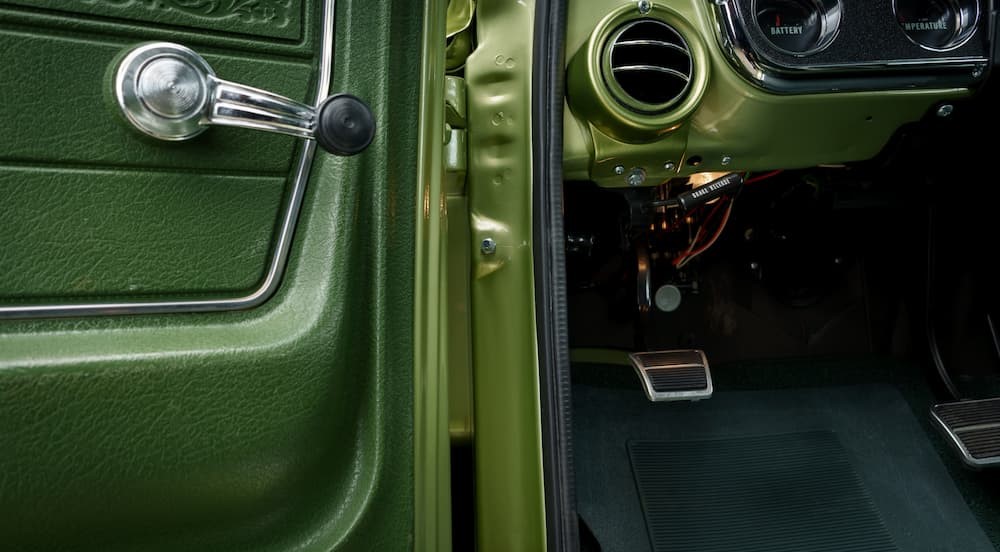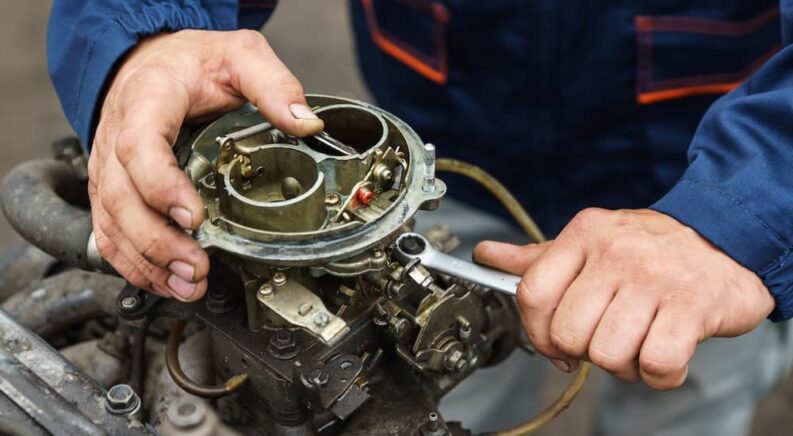Just like computers, home theaters, and appliances, vehicle technology is always advancing. Although cars from the 1990s and even the 1950s are recognizable as cars, they contain plenty of components that have since been rendered obsolete. I’m sure the same will be said 50 years from now about some of the tech we consider essential today.
Even if certain technology is no longer used on modern cars, you shouldn’t just forget about it and move on. There’s a good chance you will eventually encounter many older tech items, whether by driving an older car, riding in one, or working on a vehicle project. One technology that was seemingly on the way out is even making a comeback. If nothing else, plenty of people throw old tech terms around in conversation, and you don’t want to be the one giving them a blank stare when they do.
As someone who knows a little about working with old technology (ask me about digitizing VHS tapes), I wanted to help people who may need or want to understand classic automotive terminology. Here are five old car tech terms to know, including what these components were for, why they fell out of vogue, and, in one case, why the tech is having a resurgence.
Carburetor
For decades, manufacturers exclusively used carburetors for internal combustion engines. These mechanical devices mix the air and fuel, using the “bottleneck effect” to pull air in. Two or four holes feed the mixture to the engine. A throttle cable links the carburetor and gas pedal, so the harder you press, the more fuel it pulls in.
Many vintage muscle car and hot rod hobbyists still prefer carburetors because they’re easy to work on and replace if you understand how they function. As such, plenty are available on the aftermarket. However, by the late 1990s, they had been replaced on road cars and trucks by electric fuel injection (EFI) systems which are more efficient and consistent, produce better throttle response, and have lower carbon emissions. These days, the only new engines still using carburetors are certain motorcycles, small engines like generators, and race cars.
Distributor
Although car distributors aren’t quite extinct, they are on the endangered species list. In spark ignition engines, this component is the centerpiece of the ignition system, sending electric pulses from the coil to the spark plugs so the engine starts and runs correctly. The timing periodically must be adjusted for the most efficiency. Older distributors have mechanical and vacuum adjustments, while distributors on EFI engines usually have electronic adjustments.
Some modern vehicles still use distributors, but most have switched to a direct ignition system. This electronic coil-on-plug design replaces the single coil in a spark ignition with separate small coils connecting directly to each spark plug. This eliminates the need for adjustments and means fewer moving parts, such as distributor caps and spark plug wires, that can fail or hamper performance, making it a much better ignition method.

Sealed Headlights
There was a time when sealed headlights were the only headlights automakers were allowed to use. Introduced in August 1939, these headlamps had all lighting components—bulb, glass lens, tungsten filament, and parabolic aluminum reflector (PAR)—in a sealed assembly. The light they emitted was brighter and more focused than previous electric headlights, and it was impossible for water to get in. Because of these benefits, the US made sealed headlamps a federal requirement from 1940 to 1983.
Unfortunately, the mandate effectively halted the development of new automotive lighting technology, with the only major advancement being brighter halogen filaments in the 1960s. This would be great if sealed headlamps were already perfect, but they were far from it. The bulbs were inefficient, they still weren’t that bright even after switching to halogens, they didn’t last very long, and the tungsten filaments were prone to leaving residue on the inside of the lens. Furthermore, you couldn’t just replace a burned-out bulb or clouded lens. You had to replace the entire assembly. Headlamp technology advanced and improved tremendously in other parts of the world, but the laws at the time prohibited their use on American vehicles. That’s why the sealed headlights on some foreign cars of the 1970s and 1980s look like tacked-on afterthoughts. They actually were.
When the law was finally lifted, technology such as plastic lenses and individually replaceable bulbs that had already been in use in the rest of the world was quickly put to good use here. New technology like high-intensity discharge (HID) lighting and long-lasting LEDs was quickly developed that pushed sealed headlights out, though a few makes and models held out. The last vehicle sold with sealed beams was the 2017 Chevy Express. Today, the only place you can get them is in the aftermarket.
Crank Windows
Here’s a tidbit that may blow some minds: 2025 marks the official extinction of crank-handle windows in US vehicles. Undoubtedly, some people reading this have never been in a vehicle with manual windows. Considering power windows were introduced back in 1940 and became commonplace by 1980, that isn’t surprising. Nevertheless, as recently as 2016, about 6% of US vehicles still had manual windows.
There were two reasons why they remained around so long. First, hand-crank windows were much cheaper, making them attractive for base models and budget vehicles where low prices were a selling point. Second, there were concerns about power window safety, such as children getting trapped in open windows during accidents. However, as power window manufacturing costs went down and safety went up, loyalists like the Ram 1500, Ford Fiesta, Chevy Express, and Kia Rio eventually made the switch. (Or, in some cases, models with manual windows were discontinued altogether.) The final holdouts were the Jeep Wrangler and Gladiator, and even they bit the bullet with the 2025 model year, bringing the hand-crank window era to its end.

Drum Brakes
As one of the earliest automotive braking systems (inspired by railroad brakes), drum brakes were introduced in 1900 by Maybach and set the standard for many years. As disc brakes became widespread, the use of drum brakes dropped drastically, limited to the rear system on certain trucks and large cars. No vehicle has come with front drum brakes since the 1986 Jeep CJ-5. However, drum brakes have seen a resurgence in EVs, with the Volkswagen ID.3/ID.4 and Audi Q4 e-tron among the vehicles sporting them on the rear.
As it turns out, drum brakes still have some advantages. They’re more powerful than equal-size disc brakes, cost less to make, are less likely to rust when unused, and make it easier to restore wheel cylinders. The main reason disc brakes became more prevalent is that drum brakes are more prone to overheating, which can cause drum distortion, brake fade/grab, and even fluid vaporization. Drum brakes are also more complex to work on and are affected more by wet conditions. Since the electric motor helps provide regenerative braking force, though, the main brakes don’t have to work as hard, making their benefits more attractive.
Understanding Old Car Tech in a Modern World
When a new automotive technology becomes predominant, that doesn’t mean cars without it will instantly stop working. A lot of older technology is still on the road or track today, whether for necessity or nostalgia. In addition to what I’ve mentioned, it may not be long before technology like manual transmissions and CD players go the way of the dodo bird. I know plenty of people still look back fondly on features like vent windows, long radio antennas, and front bench seats, too. Being able to identify and understand old vehicle tech terms is a must because they may come up when you least expect them. In the case of drum brakes, new technology made older technology relevant again. We never truly know what’s going to happen in the automotive tech world and should always be ready for something unexpected.

